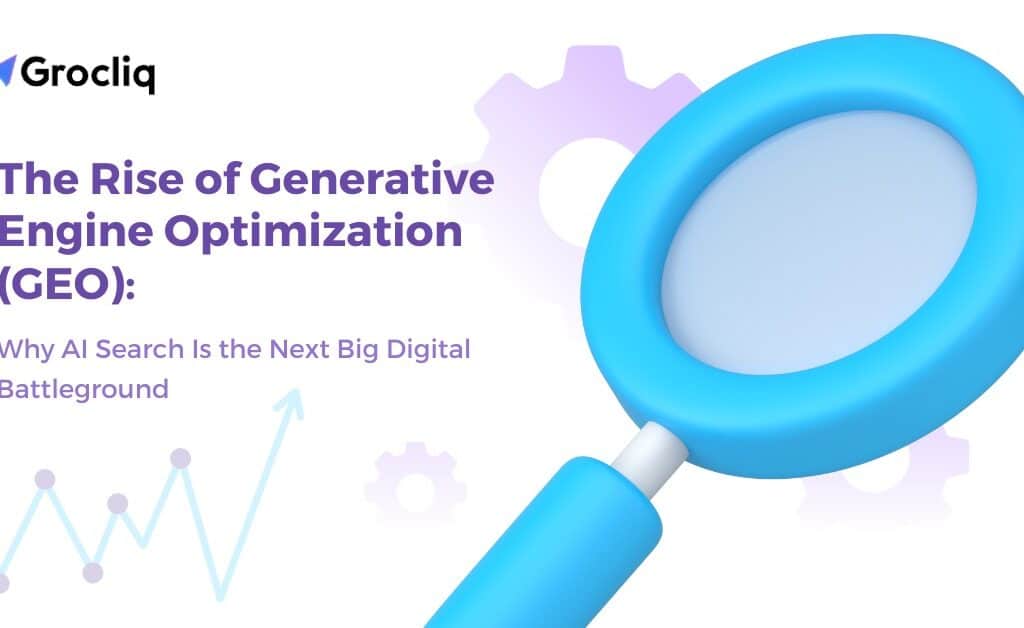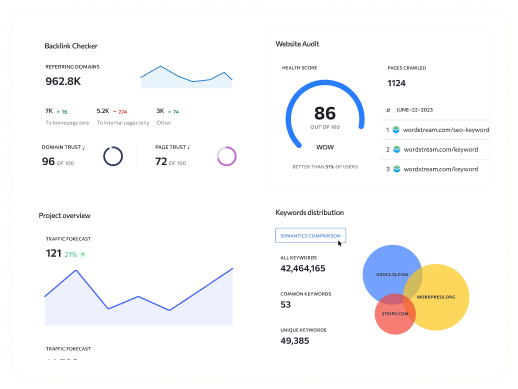Generative AI, a revolutionary branch of artificial intelligence, is transforming how we create and interact with content. From generating realistic images and videos to writing coherent essays and code, Generative AI is at the forefront of technological innovation. This article delves into the intricacies of Generative AI, exploring its mechanisms, models, applications, and future potential.
Generative AI has rapidly evolved, thanks to advances in deep learning models and increased computational power. It is now a critical tool in various industries, offering innovative solutions and efficiencies. Understanding Generative AI’s capabilities, challenges, and best practices is essential for leveraging its full potential. In this comprehensive guide, we’ll cover everything you need to know about Generative AI.
What is Generative AI?
Generative AI refers to AI systems that can create new content, such as text, images, audio, and even complex data structures, by learning from existing data. Unlike traditional AI, which follows predefined rules, Generative AI learns patterns and generates original outputs. The history of Generative AI dates back to the 1960s with the development of early chatbots like ELIZA, but significant progress has been made in recent years, especially with the advent of deep learning.
How Does Generative AI Work?
Generative AI operates through deep learning models that process vast amounts of data to produce new, coherent content. The key components include:
- Encoders and Decoders: These neural networks transform input data into a compact representation and then reconstruct it into the original or a modified form. Encoders compress the data into a simplified format, while decoders expand this compressed data back into a more complex, human-readable form.
- Transformers: A powerful architecture that processes data in parallel, allowing the model to understand context and generate high-quality content quickly. Transformers have revolutionized the field by enabling the processing of entire sequences of data simultaneously, improving both efficiency and accuracy.
Example Workflow:
- Input: A text prompt or an image.
- Processing: The model analyzes the input using learned patterns.
- Output: Generated text, image, or other media that closely resembles the input style or content.
Types of Generative AI Models
- Variational Autoencoders (VAEs):
VAEs are designed to compress data into a lower-dimensional representation and then decode it to reconstruct the original or create variations. They are widely used for image and speech generation, enabling the creation of new, similar content from existing data.
- Generative Adversarial Networks (GANs):
GANs consist of two neural networks: a generator and a discriminator. The generator creates new data, while the discriminator evaluates its authenticity. This adversarial process improves the quality of generated content. GANs are particularly known for generating highly realistic images and videos.
- Transformers:
Transformers, like BERT and GPT, are advanced models that handle sequences of data, making them ideal for natural language processing. They excel in tasks such as text generation and translation. The transformer architecture has enabled the creation of models that can understand and generate human-like text with remarkable accuracy.
Popular Generative AI Tools and Platforms
Here are some widely used generative AI tools:
- Dall-E: Generates images from textual descriptions. Developed by OpenAI, Dall-E can create diverse and highly detailed images based on simple text prompts, showcasing the power of multimodal AI.
- ChatGPT: Produces human-like text based on user prompts. Also from OpenAI, ChatGPT has gained widespread popularity for its ability to engage in coherent and contextually relevant conversations.
- Bard: A conversational AI developed by Google. Bard is designed to generate natural dialogue and handle complex conversational queries, making it a strong competitor in the generative AI space.
These tools leverage advanced AI models to create content across various media types, demonstrating the versatility and potential of generative AI technologies.
Applications and Use Cases of Generative AI
Generative AI is applied in numerous fields, including:
- Content Creation: Automates copywriting, art, and video production. Tools like ChatGPT can generate articles, stories, and even scripts, while Dall-E can create unique artwork based on text descriptions.
- Customer Service: Powers chatbots and virtual assistants. Generative AI tools enhance customer interactions by providing quick and accurate responses, improving overall customer satisfaction.
- Healthcare: Assists in drug discovery and medical research. Generative AI can simulate the effects of new drugs, design treatment plans, and even generate synthetic medical data for research purposes.
- Finance: Enhances fraud detection and risk assessment. By analyzing transaction data, generative AI can identify unusual patterns and potential fraud, improving security and efficiency in financial institutions.
- Entertainment: Creates immersive gaming and media experiences. Game developers use generative AI to design characters, landscapes, and storylines, providing richer and more engaging player experiences.
- Use Case Highlight: In healthcare, generative AI tools like those for synthetic data generation help create datasets for training models without compromising patient privacy, ensuring ethical and efficient research practices.
Benefits of Generative AI
Generative AI offers numerous benefits, including:
- Automation and Efficiency: Reduces time and effort in content creation, allowing businesses to focus on more strategic tasks.
- Innovation in Creative Fields: Opens new possibilities in art and design, enabling creators to experiment with different styles and concepts effortlessly.
- Enhanced Customer Experiences: Improves interactions through sophisticated chatbots, providing personalized and timely responses to customer queries.
- Improved Data Analysis: Facilitates the interpretation of complex datasets, making it easier to derive insights and make informed decisions.
Challenges and Limitations of Generative AI
Despite its potential, Generative AI faces several challenges:
- Accuracy and Reliability: Ensuring outputs are correct and meaningful can be difficult, especially in complex or sensitive domains.
- Ethical Concerns: Addressing issues like bias, plagiarism, and misinformation is crucial to maintain trust and fairness in AI-generated content.
- Technical Challenges: Managing resource-intensive training and scalability remains a significant hurdle, requiring substantial computational power and expertise.
Common Challenges in Generative AI:
- Accuracy: Ensuring factual and reliable outputs.
- Bias: Mitigating prejudiced or biased content.
- Scalability: Handling large-scale data and computations.
Future of Generative AI
Generative AI is poised to revolutionize multiple industries. Emerging trends include:
- Integration with Existing Tools: Enhancing functionality and user experience by embedding generative AI capabilities into current software and platforms.
- Specialized Models: Developing domain-specific AI for better performance, allowing more precise and relevant applications.
- Ethical AI Development: Ensuring transparency, fairness, and accountability in AI-generated content to build trust and mitigate risks.
Best Practices for Implementing Generative AI
To maximize the benefits of Generative AI, consider the following practices:
- Ensure Data Quality: Use diverse and high-quality datasets to train models, minimizing biases and improving overall performance.
- Regular Model Updates: Continuously fine-tune models to adapt to new data and improve accuracy, ensuring they remain relevant and effective.
- Transparency: Clearly label AI-generated content to maintain transparency and allow users to distinguish between human and machine-generated outputs.
- Ethical Considerations: Address potential biases and legal implications by implementing robust ethical guidelines and frameworks for AI development.
Conclusion
Generative AI represents a significant leap forward in artificial intelligence, offering unprecedented opportunities for innovation and efficiency. By understanding its mechanisms, applications, and best practices, businesses and individuals can harness its power to drive growth and creativity. Stay informed about the latest developments and explore the potential of Generative AI in your field.
Note: Read Our Latest Marketing and SEO Blogs: What is saas digital marketing | Best ai photo enhancer tool | What is enterprise saas seo | What is Generative AI | What is Artificial Intelligence | What is Wix Login | What is saas email marketing | Saas content marketing | What is saas lead generation | What is seo audit .
Frequently Asked Questions
A1: Generative AI refers to artificial intelligence systems that create new content, such as text, images, audio, or data, by learning patterns from existing data.
Q2. How does Generative AI work?
A2: Generative AI uses deep learning models, such as VAEs, GANs, and Transformers, to process input data, learn patterns, and generate new, original content based on those patterns.
Q3. What are some popular Generative AI tools?
A3: Popular Generative AI tools include Dall-E for image generation, ChatGPT for text generation, and Bard for conversational AI.
Q4. What are the main applications of Generative AI?
A4: Generative AI is used in content creation, customer service, healthcare, finance, and entertainment, automating tasks and creating innovative solutions across these fields.
Q5. What are the challenges of using Generative AI?
A5: Challenges include ensuring accuracy and reliability, addressing ethical concerns like bias and misinformation, and managing the technical demands of training and scaling models.





